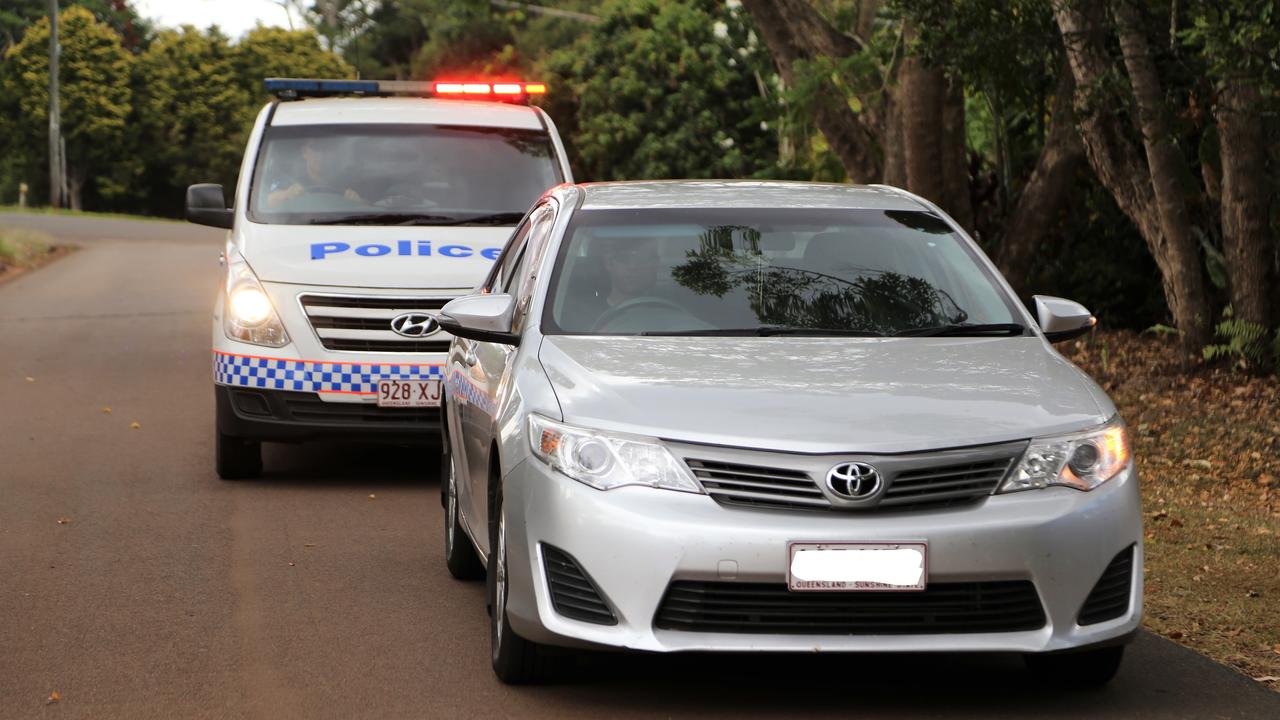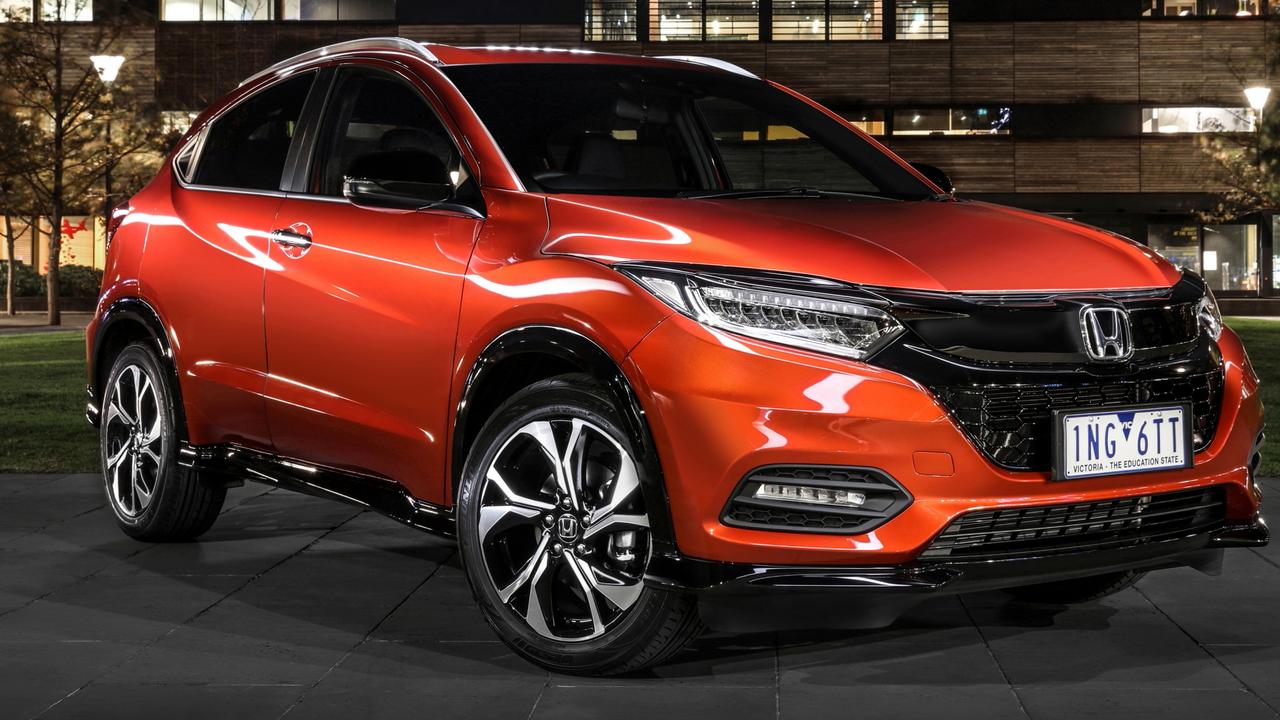Lifesaving technology to prevent vehicle ramming incidents closer than we think
FOR the second time this year, Melbourne has been rocked by a horrifying vehicle ramming incident. When will technology enable us stop these vehicles in their tracks?
WHILE many people fear the possibility of a nuclear, biological or chemical terror attack, it’s low-tech strategies that are killing us.
It only takes a driving licence, a vehicle and a killer instinct to mow down a crowd of innocent people. Vehicle ramming has become terrorists’ weapon of choice for many reasons — it’s cheap, hard to prevent and devastatingly effective. And in cases such as the deadly attacks in New York, Barcelona and Charlottesville, it can be all over before authorities can take action.
However, lifesaving technology that could literally stop vehicles from being driven into pedestrians is set to be widely available in the next decade, according to head of Carnegie Mellon University Australia Emil Bolongaita.
The revolutionary technology is promised to be an “absolute gamechanger” for the motoring industry and will eventually lead to a reduction in the number of vehicle ramming attacks, Professor Bolongaita said.
MORE: Pedestrians hit in Melbourne CBD, live updates
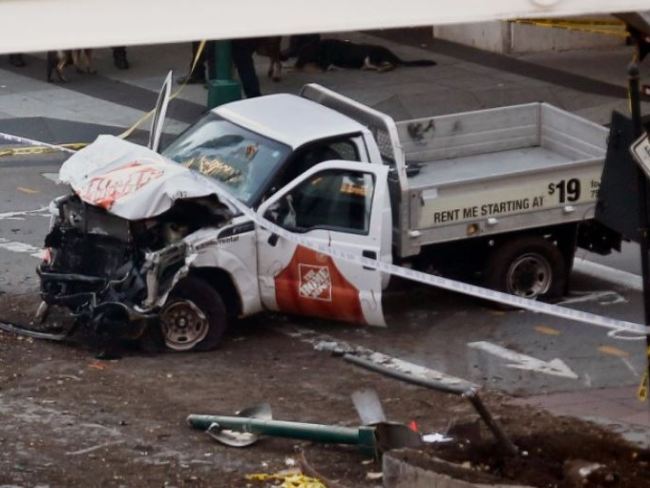

“The research that my colleagues are working on is driven by the desire to if not totally eradicate, then reduce fatalities and accidents. That includes individuals who use vehicles as weapons,” he said.
“The goal is to manufacture vehicles with artificial intelligence in them so that they will refuse to crash and proceed when there is a human being in front of them. They will automatically stop and refuse to proceed.”
DRIVERLESS TECHNOLOGY: Australia speeds up development, public testing
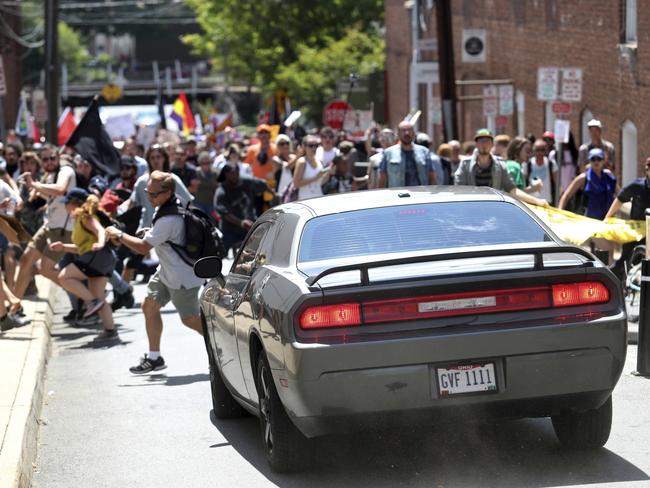
In a recent report by the US Transportation Security Administration, it was noted that “from 2014 through 2017, terrorists carried out 17 known vehicle ramming attacks worldwide, resulting in 173 fatalities and 667 injuries”.
The most deadly incident was in Nice, France, where a truck was used to kill 86 pedestrians and injure an additional 434 in a crowd celebrating Bastille Day in July last year.
Scientists are working to prevent the driver from overriding the vehicle’s movement, making the machine immune to human conditions like road rage, fatigue, distractions and, in terror cases, malicious intent that can lead to fatalities.
“The eventual goal of the research is to remove the human from the calculation of the vehicle’s movement. If you have a human being in control of the vehicle that can override the vehicle, the risk will be there because the ability of the human mind is affected by so many factors.
“More than 90 per cent of all fatalities are caused by human error, so if you remove the human being from the equation you sharply reduce accidents and collisions,” he said.
VEHICLE TO PEDESTRIAN TRIALS: New app to improve road safety

Ford, Google, Tesla and Apple are just a handful of companies developing technology for autonomous cars. Ford plans to produce fully autonomous vehicles by 2021, however Professor Bolongaita said researchers were still working out how they will develop the AI for all weather conditions.
He said self-driving cars were likely to be extremely expensive in the future as automation takes over — a factor that could potentially deter some terrorists from vehicle ramming attacks.
“Those self-driven vehicles will be in limited supply ... because the market itself will restrict the supply. It will be very expensive for self-driven vehicles in the future,” he said.
“There will be a risk factor and they will require higher insurance coverage. Only those who can afford the high costs for insurance will be able to drive them.”

Truck owners and rental agencies in the US were recently warned to remain “vigilant” about the increasing frequency of ramming attacks by terrorists using vehicles as killing machines, according to NBC News.
A Transportation Security Administration report warned owners, operators and rental agencies to protect their vehicles from theft.
“No community, large or small, rural or urban, is immune to attacks of this kind by organised or ‘lone wolf’ terrorists,” the report noted.

VEHICLE ATTACKS
APRIL 24, 2018 — TORONTO
A 25-year-old man drove onto a footpath in the Canadian city of Toronto killing 10 people and injuring 15 more. The driver was arrested following a dramatic standoff with a police officer, who was hailed a hero for arresting the man without firing his gun.
DECEMBER 21, 2017 — MELBOURNE
A number of pedestrians were mowed down by a white SUV outside Flinders Street Station in Melbourne as they crossed the busy intersection. One man later died in hospital, while 17 others were injured in the incident. The alleged driver was later charged with 18 counts of attempted murder.
OCTOBER 31, 2017 — NEW YORK
Eight people were killed and 11 injured after a terrorist linked to Islamic State drove the wrong way at high speed down a bike path in Battery Park City near the World Trade Centre site at 3.15pm local time (5.15am AEDT). The utility vehicle, rented from Home Depot just an hour earlier, smashed into a school bus outside Stuyvesant High School.
AUGUST 13, 2017 — CHARLOTTESVILLE
One woman was killed and at least 19 people injured after a suspected neo-Nazi allegedly drove his a car into a crowd of anti-racism protesters at a white nationalist rally in Virginia.
Heather Heyer, 32, was fatally injured in the attack. Justice Department officials have opened a hate crime investigation to examine whether the suspect acted alone.
CHARLOTTESVILLE: Rally suspect ‘wanted to send message’
AUGUST 9, 2017 — PARIS
Six soldiers on a counter-terrorism patrol were mowed down by a man driving a BMW in Paris. The soldiers were out on patrol in the wealthy Parisian suburb of Levallois-Perret, north of the city centre and the Arc de Triomphe, when the attack occurred. It’s believed the driver had been waiting for soldiers to leave the barracks.
JUNE 3, 2017 — LONDON BRIDGE
Three men in a white van rammed into pedestrians on London Bridge late in the evening of June 3 before going on a knife rampage through the adjacent Borough Market precinct. Eight people were killed in the incident including two Australians, Kirsty Boden and Sara Zelanak. The three perpetrators were shot dead by police.
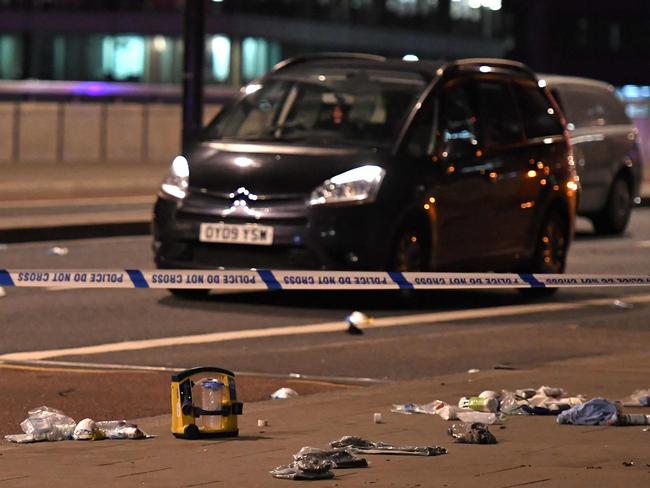
APRIL 8, 2017 — STOCKHOLM
A 39-year-old man from Uzberkistan drove a truck into a department store in the centre of Stockholm on Friday, April 8. Four people were killed in the incident.
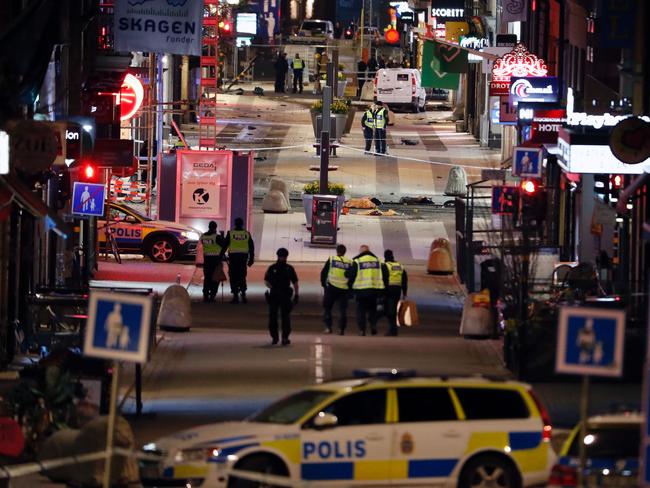
MARCH 22, 2017 — LONDON’S WESTMINSTER BRIDGE
Khalid Masood, a 52-year-old convert to Islam known to British security services, drove a car at high speed into pedestrians on London’s Westminster Bridge before launching a frenzied knife attack on a policeman guarding the parliament building. The incident killed five people.

JANUARY 20, 2017 — MELBOURNE CBD
Lunchtime shoppers in the heart of Melbourne’s CBD had to run for their lives on January 20 when a motorist mowed down pedestrians on Bourke Street. Six people died in the horrific incident and more than 30 were wounded.
DECEMBER 2016 — BERLIN CHRISTMAS MARKET
A truck was deliberately driven into a Berlin Christmas market next at Breitscheidplatz in Berlin, leaving 12 people dead and 56 others injured. Anis Amri, a Tunisian failed asylum seeker, was found to be a support of Islamic State.
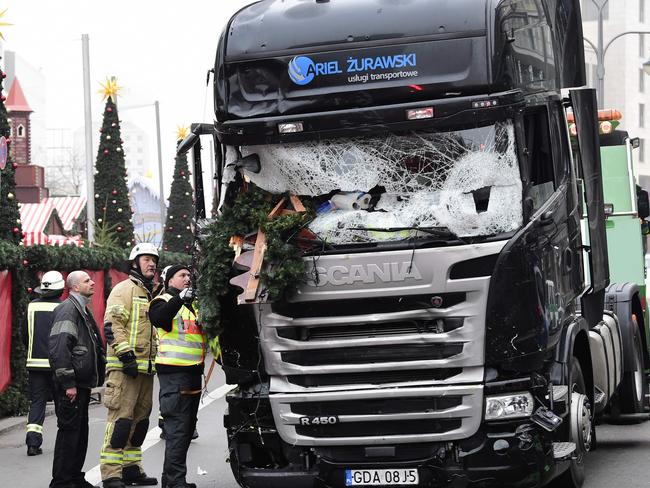
JULY 2016 — BASTILLE DAY, NICE
A man rammed a truck into a crowd in the Mediterranean resort of Nice, killing 86 people, while they were celebrating Bastille Day. The driver was Mohamed Lahouaiej-Bouhlel and Islamic State claimed responsibility for the attack.

DECEMBER 2014 — FRANCE
Two men crashed cars into groups of pedestrians on successive days.
On December 21, eleven people were injured in Dijon.
The following day, one person was killed and nine others injured in Nantes. Witnesses to both incidents report that both men — who have never been publicly identified — scream “Allahu Akbar” as they race toward their respective targets but authorities said in both cases the men were mentally ill.
APRIL 2009 — APELDOORN
Dutch residents watched in horror as Karst Roeland Tates, 38, drove his car into a parade celebrating a national holiday, live on TV. Eight people died in the incident, including the driver, who was allegedly targeting members of the Dutch royal family.

